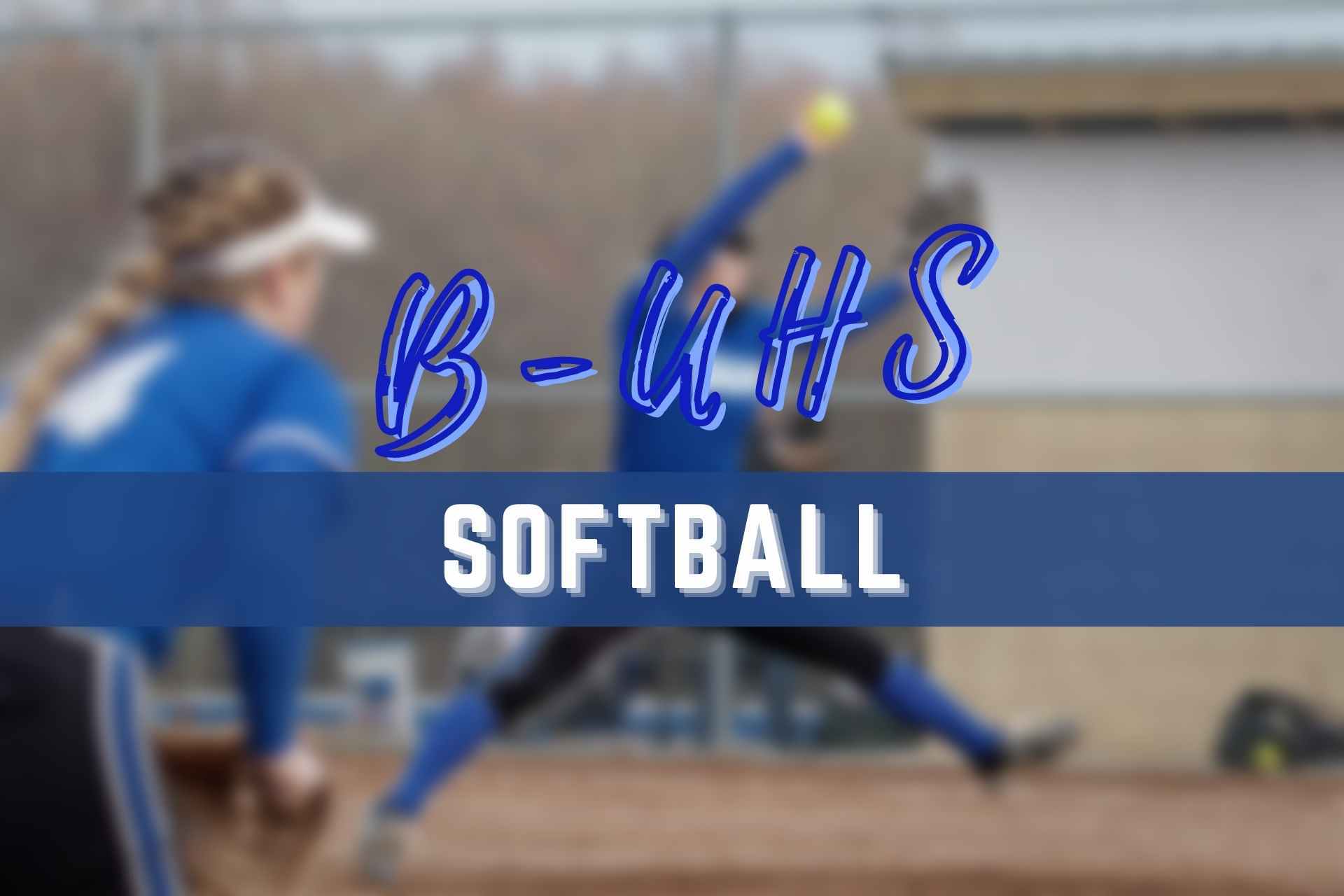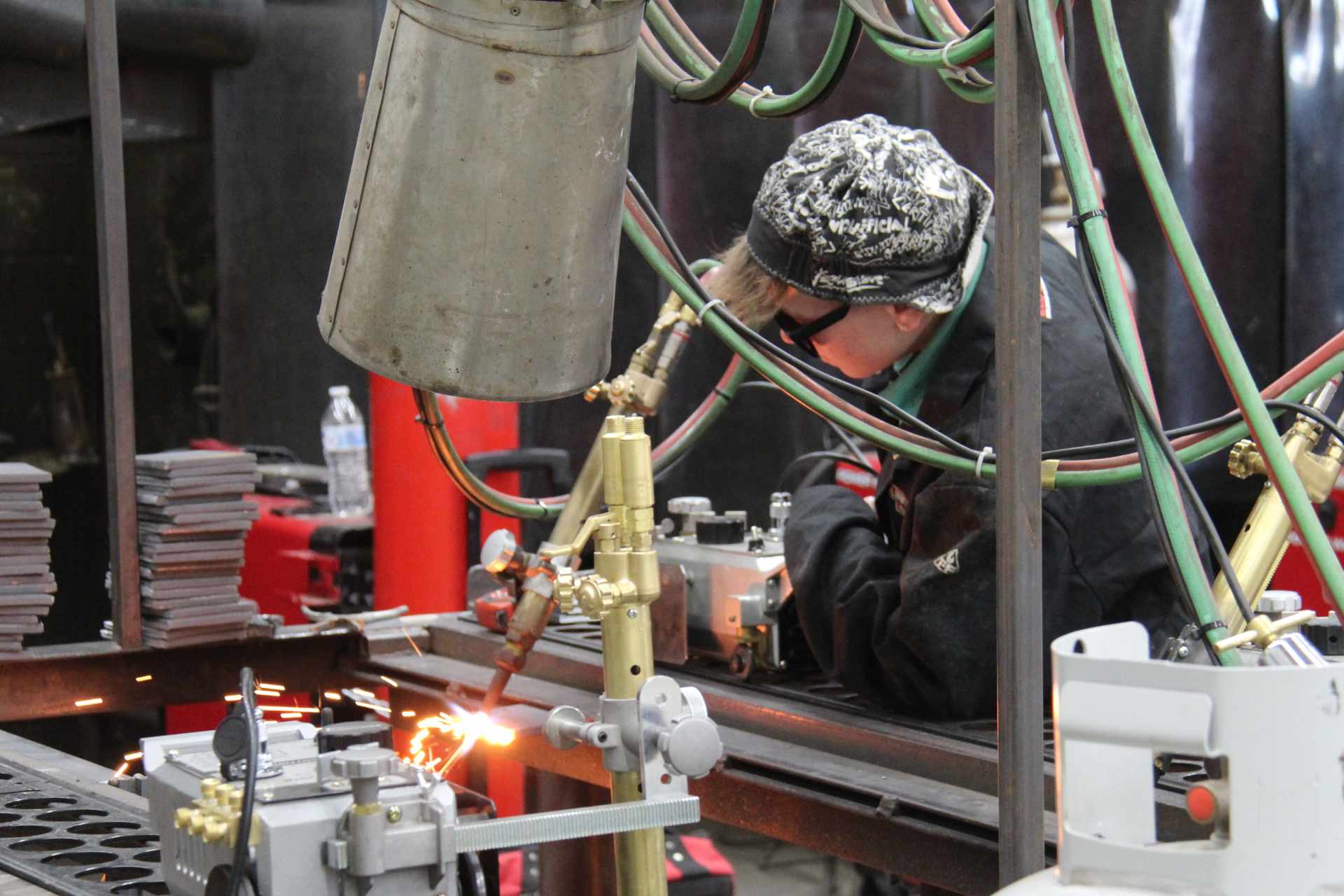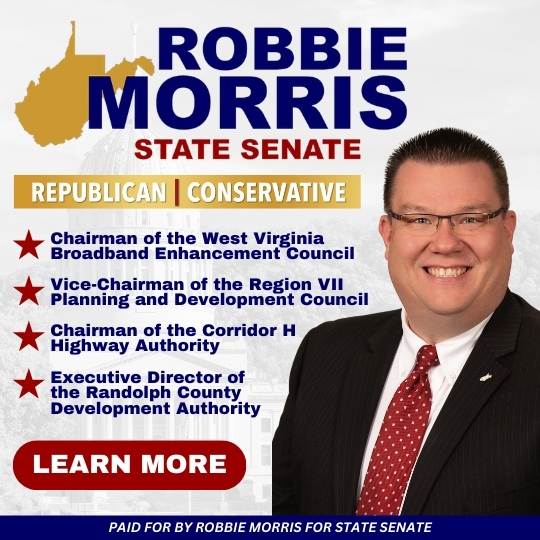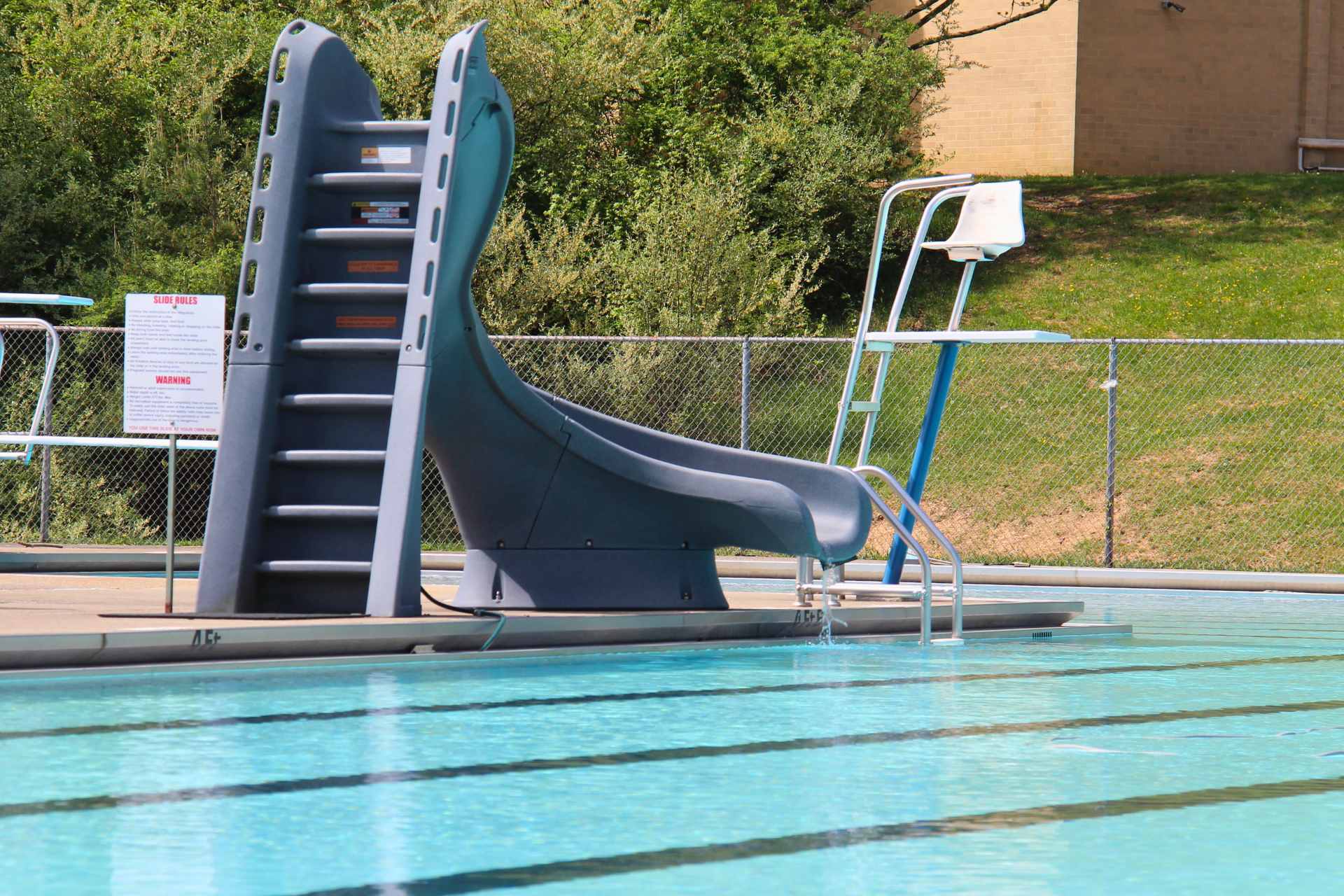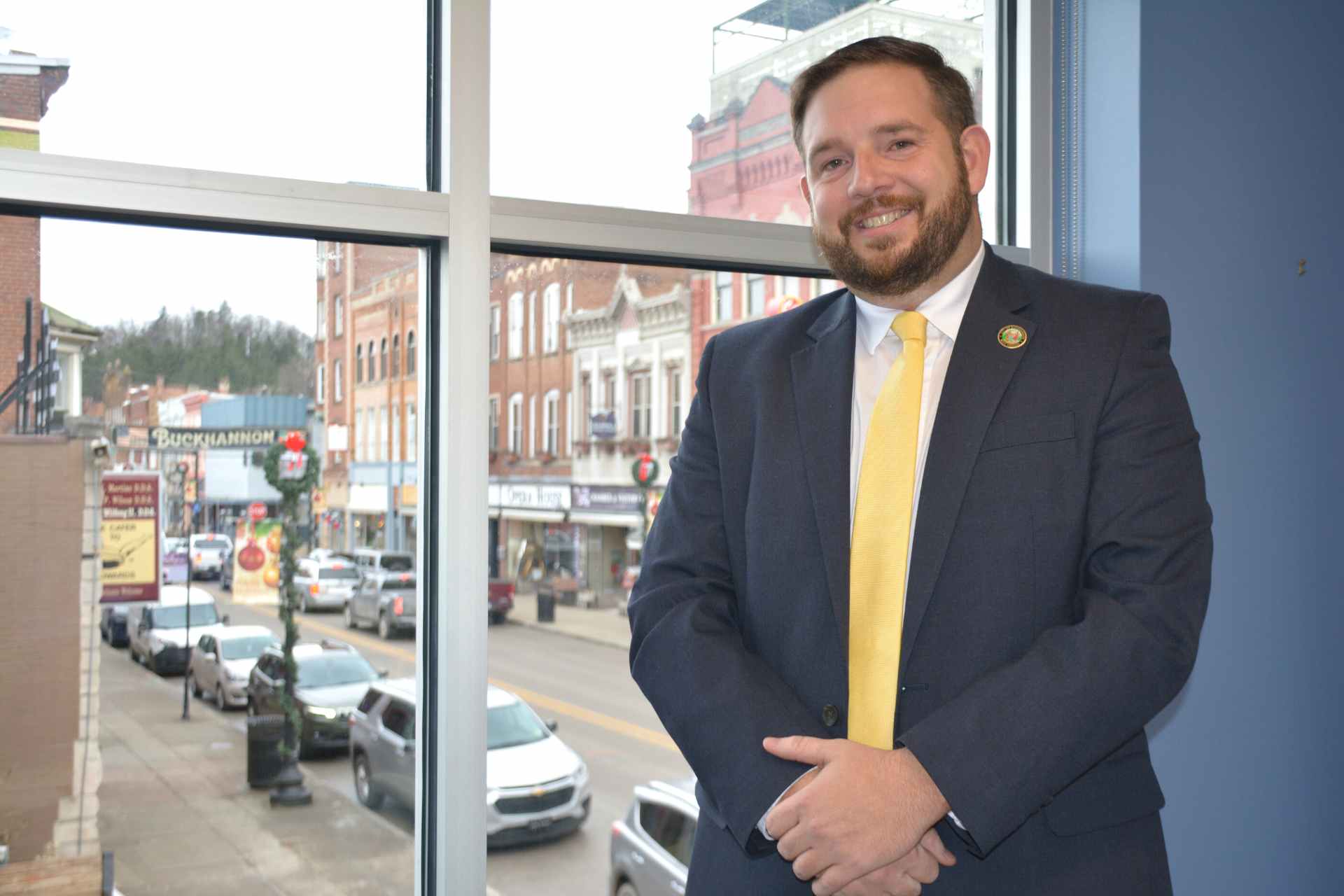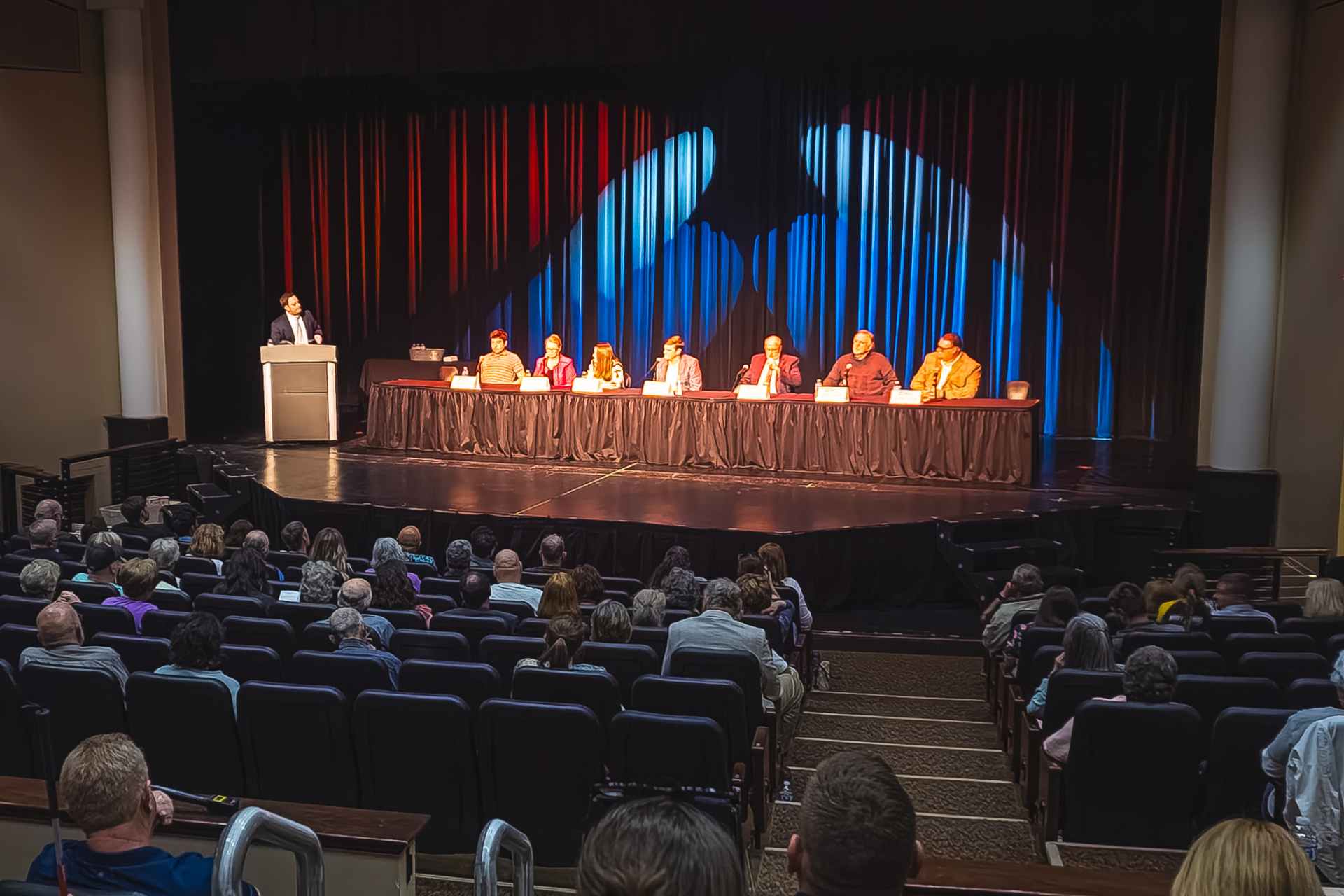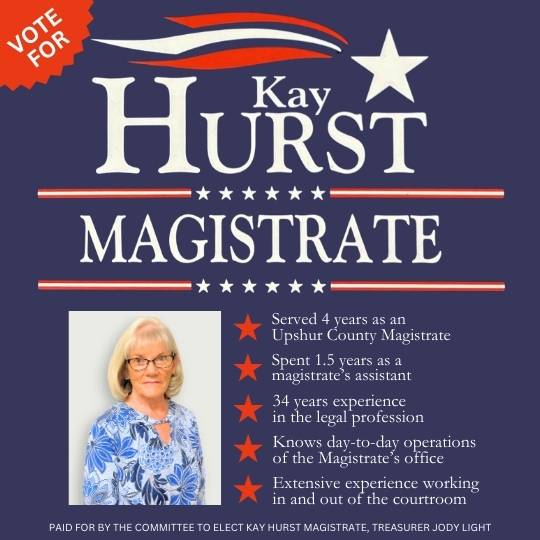BUCKHANNON – Taking ten minutes to fill out an online survey now could save you time in the long run when you’re surfing the internet casually or searching for vital information.
Region VII Planning & Development Council is partnering with the West Virginia Office of Broadband, which operates under the umbrella of the West Virginia Department of Economic Development, to distribute the Statewide Broadband Survey.
That survey – which may be accessed here or by scanning the QR code below – will ultimately help the state Office of Broadband’s Broadband Enhancement Council, fill in the gaps where there’s limited, slow or no internet access.
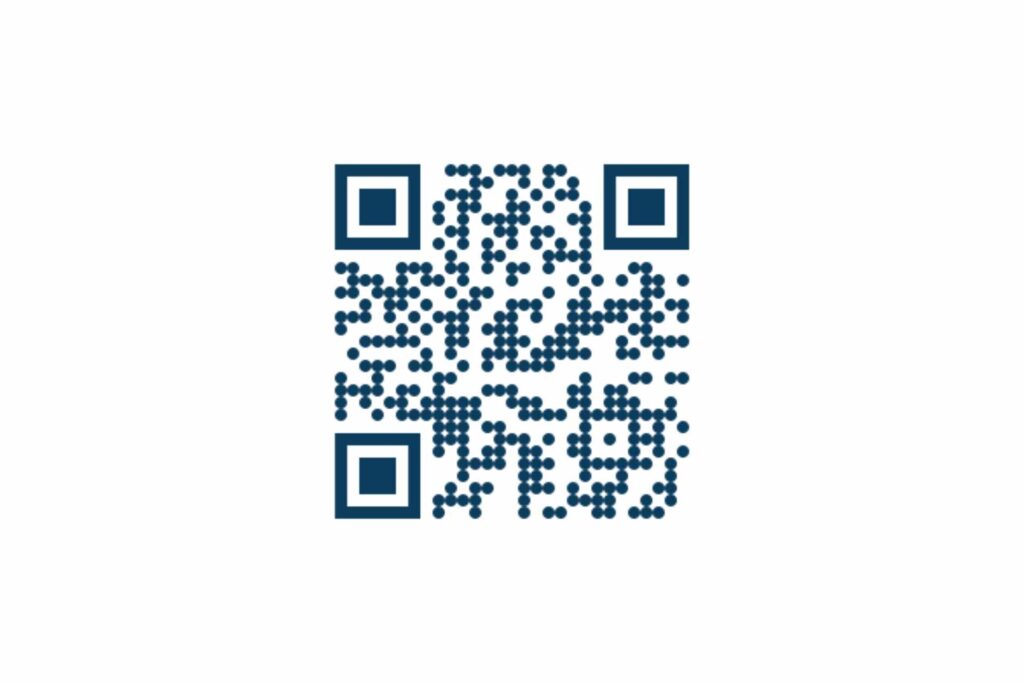
Carrie Wallace, project coordinator with Region VII, said the purpose of the survey is to collect data that will be provided to the Broadband Enhancement Council, which will subsequently develop a plan to bolster broadband across West Virginia. Responses must be collected by July 30, 2023, so Region VII is urging residents to take the survey today.
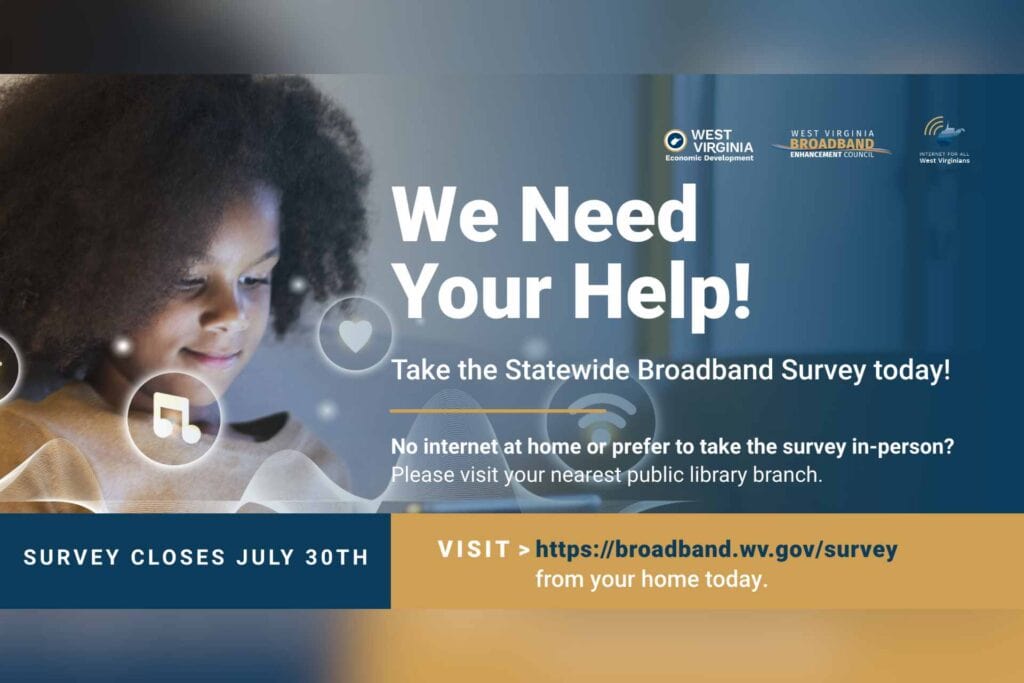
“It should take the average individual less than 10 minutes to take the survey,” she said. “It’s on an eighth-grade educational level, so there shouldn’t be any issues with the questions. The questions are all multiple choice, and you have the opportunity to give additional information if you wish, but you don’t have to.”
Residents will simply need to supply their name, phone number, full address and current internet service provider, if possible.
Make sure all other apps on your device are turned off, and if you’re using a smartphone, that your cellular data is also off so the speed test only measures your home internet.
“It does start with a speed test, which is why we are asking that you take it at your house with your preferred internet-enabled device,” Wallace said. “So, if at home, you happen to have a laptop and a smartphone, but you primarily use your smartphone, please use that device to take the speed test. But if you only have internet access through your cellphone provider, then by all means, take the test with your cellphone using your cellphone data.”
The speed test takes less than a minute, and results are automatically sent to the West Virginia Office of Broadband.
“The great thing about that is they can use those results to challenge the [Federal Communications Commission] on your behalf rather than you having to go through the process of submitting a challenge for your address,” Wallace said.
Wallace said FCC broadband maps were released approximately a year ago, but they’re not 100 percent accurate, which is what prompts residents to challenge data about internet services available in their area.
“It is essentially a map showing what internet service is available in your area and what your speed is, and they have proved to be inadequate for our area and incorrect, really,” she said. “In a lot of places, the maps said services were available where they weren’t, or they said a service was faster than what it actually was.”
In some cases, the maps even indicated no services were available in particular areas where internet providers were, in fact, equipped to provide service.
Accurate mapping matters because grant monies are disbursed based on those maps, Wallace said.
“It’s really important that that information is accurate because grant funding comes from that data, so at the end, after the survey is taken, it will ask you to put in your address, and that information is sent to the West Virginia Office of Broadband,” she explained.
As a quasi-governmental agency focused on infrastructure development, Region VII, along with other regional councils, has hosted a slew of public listening sessions across the state beginning in March and concluding in May. The Statewide Broadband Survey data, along with information collected from those listening sessions, will be used to develop a digital equity plan.
“The digital equity plan is essentially a five-year plan that details how the State of West Virginia is going to deploy broadband from border to border across the state within the next 10 years,” Wallace said.
Region VII is encouraging residents in the seven counties it serves — Barbour, Braxton, Gilmer, Lewis, Randolph, Tucker and Upshur – to take advantage of the chance to air their grievances about internet service in the hope that input will change outcomes.
“I am very hopeful that the voices in our region can be heard from the survey,” Wallace said. “We often hear individuals complain about inadequate internet in their home or their lack of internet entirely. We’ve been given an opportunity to submit that information directly to the state so they can use it in this plan, so why not take 10 minutes so they can see the struggles that we’re facing?”
Residents who don’t have access to internet or would rather take a paper survey can obtain one at a local public library – like the Upshur County Public Library in Tennerton – that’s part of the West Virginia Public Library Association.







